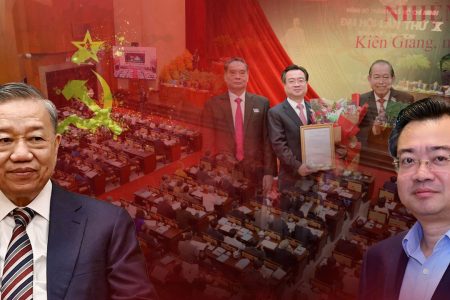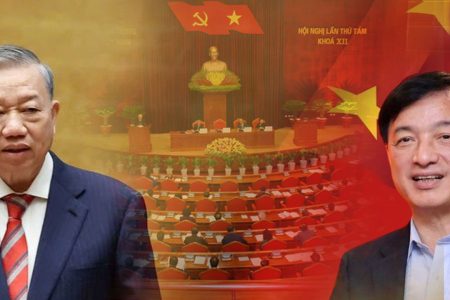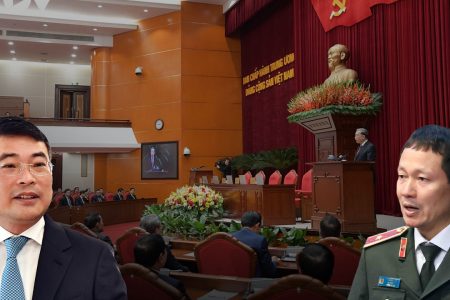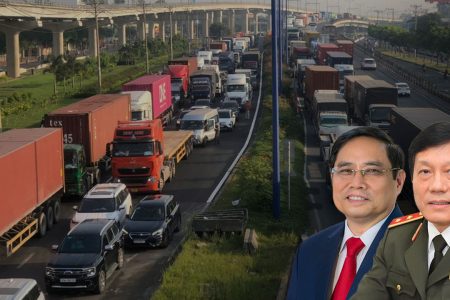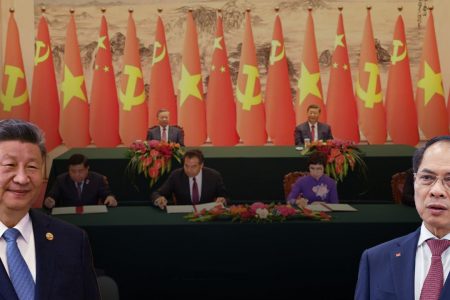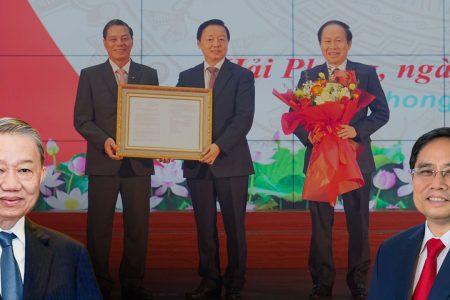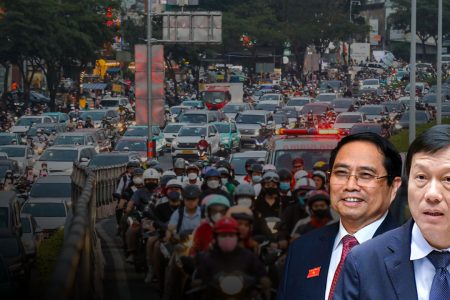
According to VinGroup’s semi-annual financial report, the Group currently owes a debt of up to VND461.474 trillion, equivalent to $19.2 billion. A number that can be said to be extremely large for the Vietnamese economy. This number is equivalent to 4.8% of Vietnam’s GDP.
Also according to this financial report, VinGroup’s equity is VND137.7 trillion, equivalent to $5.7 billion. So, VinGroup’s debt is 336% times its equity.
It is known that from the fourth quarter of 2021, when VinFast started switching to electric cars, VinGroup owes about VND268.177 trillion, equivalent to $11.2 billion. Thus, after only 18 months, the debt volume has increased by 72% compared to the original, equivalent to $8 billion.
For a long time, Vinhomes has been considered the “chicken that lays golden eggs” for VinGroup. Even though the real estate market is freezing, Vinhomes is not burning as much money as VinFast. Or to be more precise, since VinFast switched to producing electric cars, VinGroup seems to be in more debt.
In 2021, when VinFast started switching to electric vehicles, VinFast lost $1.3 billion. In 2022, a loss of $2.1 billion. And in the first 6 months of 2023, VinFast lost VND18 trillion, equivalent to $750 million. Currently, VinFast continues to lose money and does not know when it will reach break-even point.
After listing on Nasdaq in mid-August, VinFast’s VFS shares increased rapidly, but only for a very short period of time, and then began a free fall. When VFS shares reached $93/share, the number of shares traded was very small, only 4.5 million shares out of a total of 2.3 billion shares issued, so the stock price at this time was easily manipulated.
To date, the number of shares allowed to be sold on the market is only 80 million shares, equivalent to 3.5% of the total number of shares, but the price has dropped dramatically. Therefore, expecting capital from the Nasdaq market will not be as expected by VinFast’s founders.
Having only released 3.5% of the shares, but the price has fallen by 2/3 compared to the issued par value, it is very difficult for VinFast to raise enough money for the next phase. So, from this point on, the main money for VinFast to burn is VinGroup’s money and Mr. Pham Nhat Vuong’s personal money.
Currently, Mr. Pham Nhat Vuong has pledged to pay $1 billion of his own money and Vinhomes has pledged to support $2.5 billion for VinFast to burn. The fact that VinFast has been listed on Nasdaq, but still has to rely on the owner’s pocket money as well as that of other members of the Group, shows that capital mobilization on the US stock exchange is not as expected at least for now.
Therefore, VinFast will still be a money-consuming machine and a debtor for VinGroup. Without determining the break-even point, the future of VinFast in particular and VinGroup in general will be uncertain.
If VFS shares remain as sluggish as they are now, VinGroup’s debt will be pushed up even higher, which is unavoidable. It is known that up to this point, VinGroup’s financial leverage ratio has reached 4.36. This is a very high level. Financial leverage is understood as total assets divided by equity.
This company borrows too much debt, so loan interest rates will eat into profits, and at the same time, the pressure to repay debt is also huge. It is known that Novaland Group’s current financial leverage ratio is 5.87 and this business is struggling with a mountain of debt to survive. It is possible that Novaland will collapse in the near future.
The question is, with debt up to 336% of equity, and with VinFast only knowing how to burn money, how long can VinGroup last?
Some people commented that because VinGroup’s debt has reached 4.8% of GDP, if it were to fall, it would be very dangerous for the economy. Therefore, the Communist government is having to find a way to help Vin. However, with VinFast’s cash burning rate still as terrible as it is today, it’s time for the government to let go.
It seems that VinFast is a difficult problem for Mr. Vuong to solve.
Thoibao.de (Translated)



